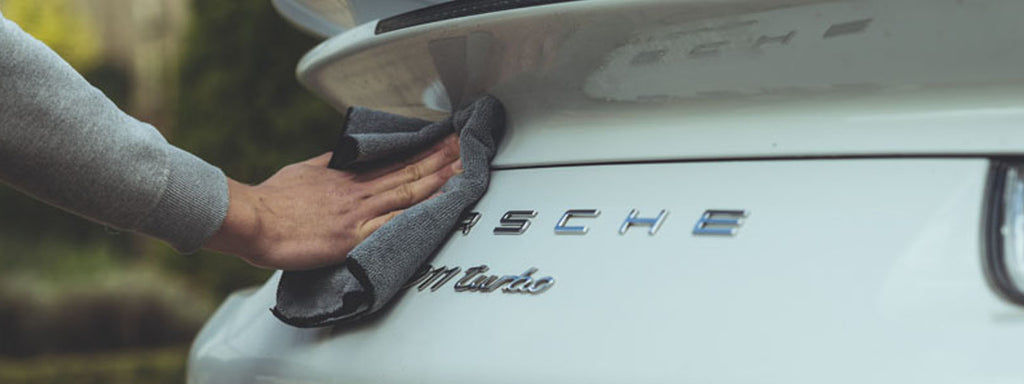
How to Apply a Spray Sealant
Completing the correct cleaning and preparation of your vehicle will leave you with a prepped surface ready to apply a sealant. It's therefore important to apply the correct procedures beforehand, ensuring a long-lasting, durable sealant with impressive effects.
Using a spray sealant will achieve such effects, but the first step will be to apply a thorough clean of your vehicle. Start by using a pure cleaner such as Neutral Enhance, as it contains no added sealants and will leave an organic layer of protection. The waterless wash offers great cleaning power, that feels slick under the microfibre.
Once you have buffed the paintwork to shine, it’s time to seal it so it can be protected from the elements and make future washing much easier! Sealing the paintwork will make it glossy and also add the effect of beading.
Why is beading important?
Beading on the paintwork is a look that a lot of detailers and car cleaning enthusiasts strive for. A ‘bead’ means creating a layer on the paintwork that does not allow the water to settle, water droplets form on the paint and therefore cannot lay flat. This look is achieved by sealing the paintwork with a good sealant or wax and by having beads on the paintwork it is an indicator to other enthusiasts, as well as yourself, that your car is protected and well looked after!
Our recommended standalone sealant is Hydropel, it’s bubble gum scented spray sealant that can last up to six months, however, can be layered for ultimate and on-going protection! The formula can be applied to paint, vinyl, glass, and rubber so you can use Hydropel to seal a full car from top to bottom if you wish!
Spray Hydropel lightly onto the paintwork, a little goes a long way, wipe away with a clean, plush microfibre to spread the sealant evenly into the paint. Immediately buff any residue with a second microfibre to reveal a luscious and glossy shine.
Now your vehicle is prepared and sealed for up to six months. For extra protection, you can apply a second coat after 8 hours, this will allow Hydropel to cure to the paint and leave a lasting bond.

